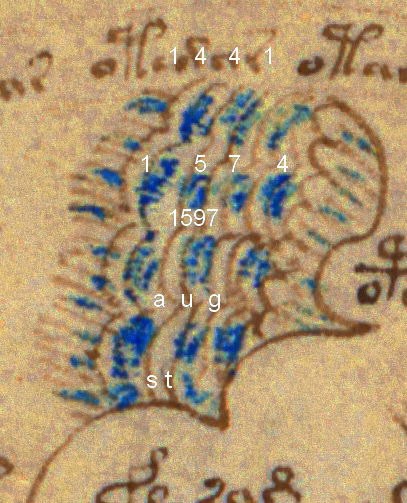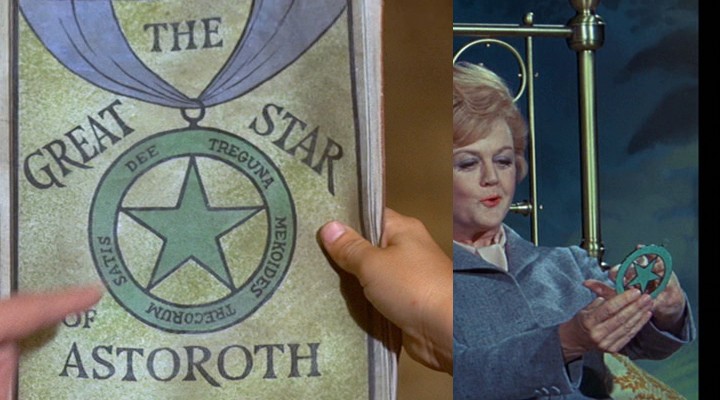With my book publisher hat on, I’d guess that the pitch for this book probably said: “Codes! Ciphers! Cryptograms! Masonic stuff! For Dummies!” And yes, the authors (Denise Sutherland and Mark E. Koltko-Rivera) pretty much seem to have delivered on that basic promise. But… is it any good?
Bear with me while I sketch out a triangle in idea-space. On the first vertex, I’ll put recreational code-breakers – the Sunday supplement sudoku crowd. On the second vertex, hardcore cipher history buffs – David Kahn groupies. On the last vertex, historical mystery / conspiracy fans – Templars, Masons, Turin Shroud, HBHG, Voynich Manuscript etc.
“Cracking Codes & Cryptograms for Dummies” sits firmly on the triangle’s first vertex, but I have to reaches out only fairly lamely (I think) to the other two vertices. Structurally, its innovation is to tell three stories where you need to solve a long sequence (100, 80, and 55 respectively) of individual cryptograms to find out what happened. Quite a few of the ciphers use well-known cipher alphabets, such as Malachim, Enochian, and various Masonic pigpens: there are also a few trendy puzzle ciphers (such as predictive texting ciphers formed just of numbers).
Compare this to its big competitor (Elonka Dunin’s “Mammoth Book of Secret Codes and Cryptograms”) which sits on the same first vertex. Elonka’s book has quite a few more puzzles, is structured both thematically and by ascending difficulty, and sticks to plaintext: it also has a 40-page section on unsolved ciphers (the VMs, the Dorabella Cipher, Phaistos Disk, etc), but with no real pretense at trying to precis Kahn’s “The Codebreakers”.
For me, Cipher Mysteries sits on the opposite edge of the triangle (i.e. between hardcore cipher history and, errm, softcore cipher mysteries) to both of these, so I’m probably not the right person to judge which of the two puzzle books is better. Elonka’s book is easy to work your way through (but feels a bit more old-fashioned): while Sutherland & Koltko-Rivera’s book is lithe and up-to-the-minute (but feels less substantial, in almost every sense). OK, the first is more cryptologic, the second more puzzle-y: but ultimately they’re doing the same thing and talking to the same basic audience.
Really, I guess puzzle book buyers would do well to buy both and make up their own mind which of the two they prefer: but sadly I have to say that most Cipher Mysteries readers might prefer to buy neither. But you never know!


